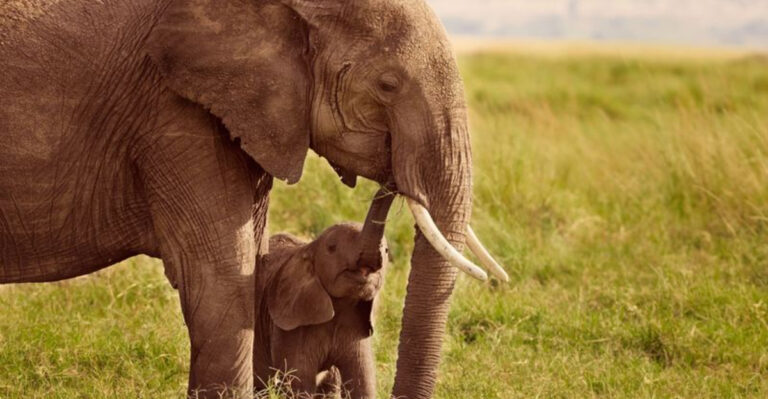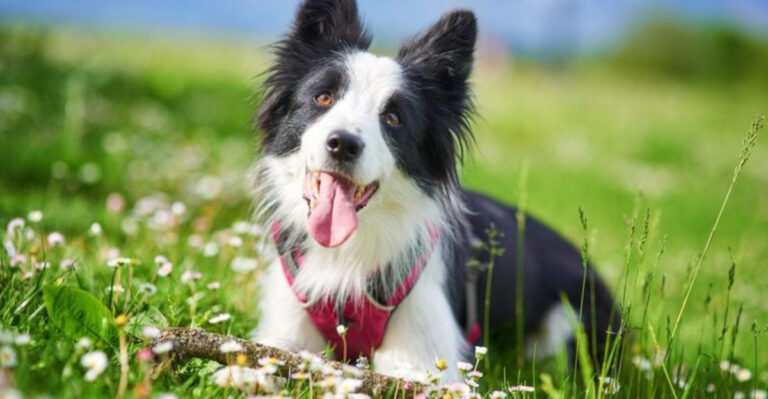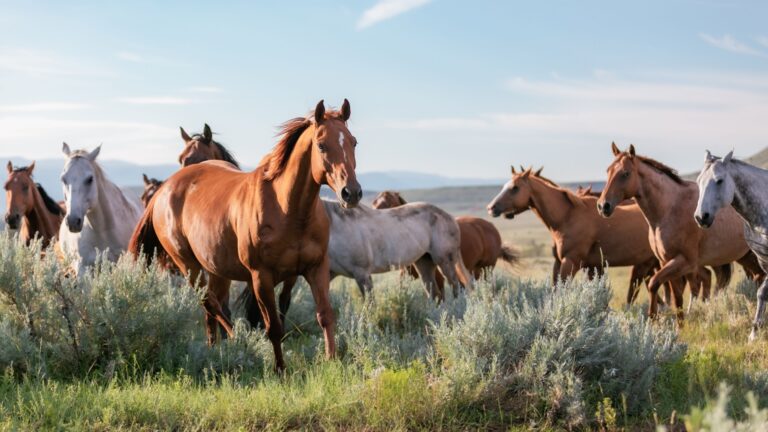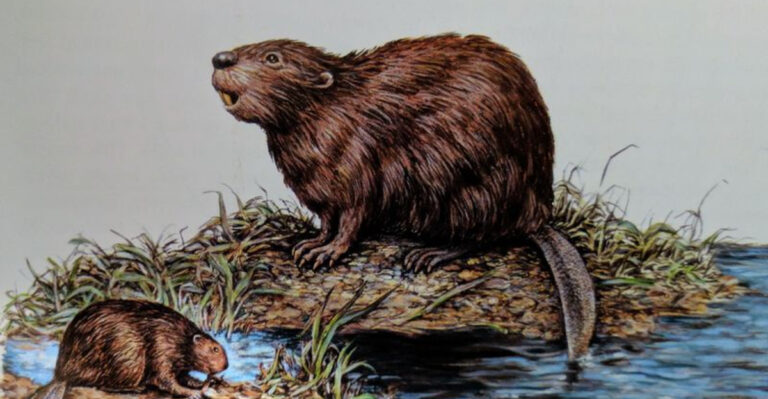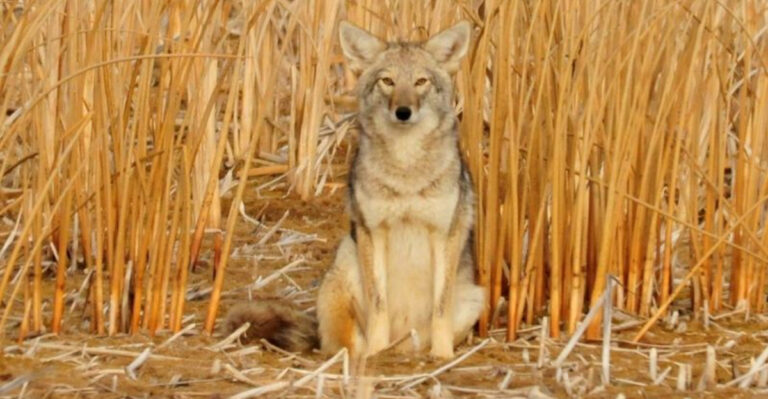10 Unique Hunting Strategies Of The Cheetah
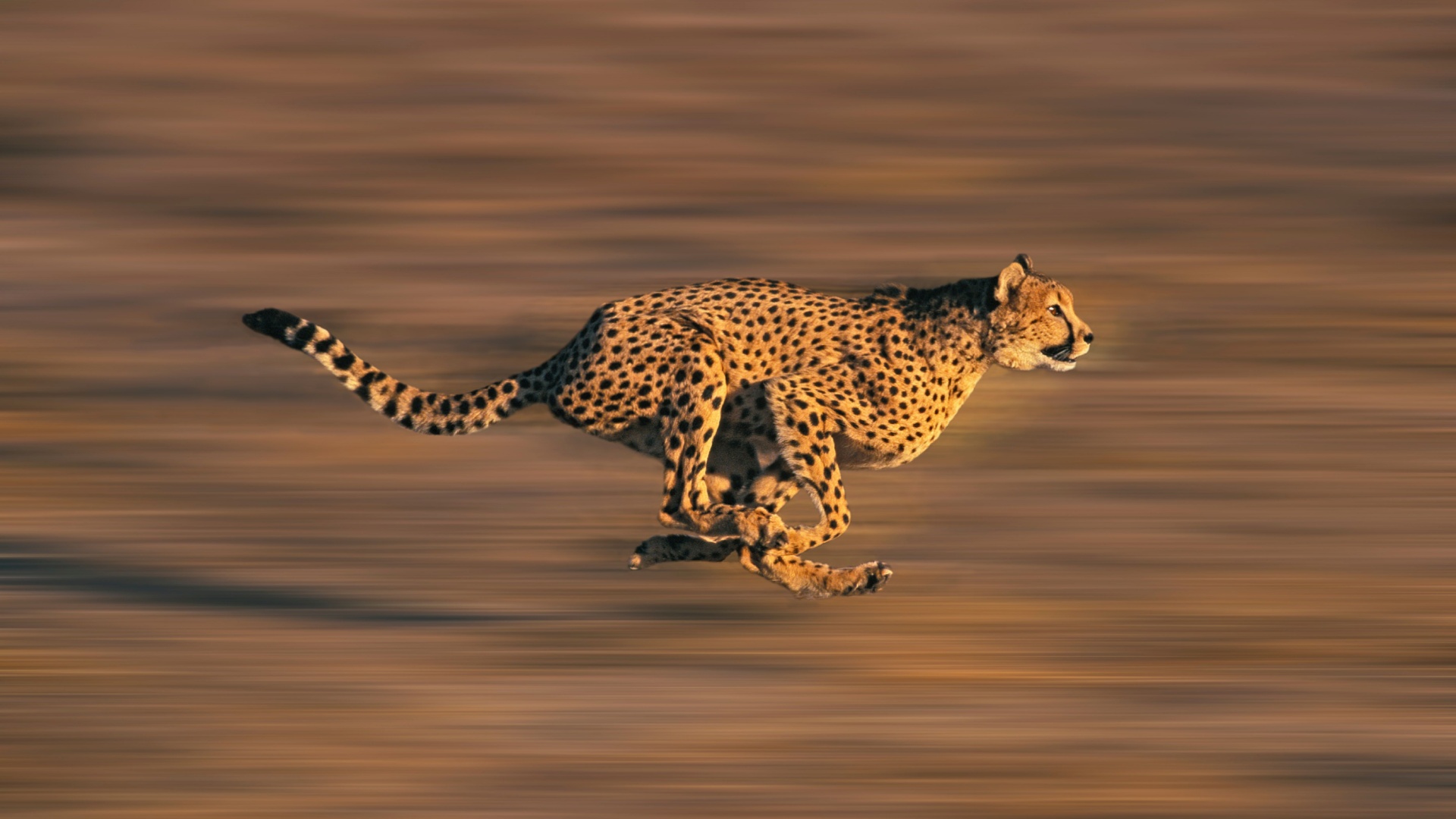
Cheetahs, the world’s fastest land animals, possess an array of unique hunting strategies that set them apart in the wild.
These magnificent creatures rely on speed, stealth, and agility to capture their prey efficiently. Let’s explore some fascinating tactics employed by cheetahs during their hunts.
1. Burst Of Speed
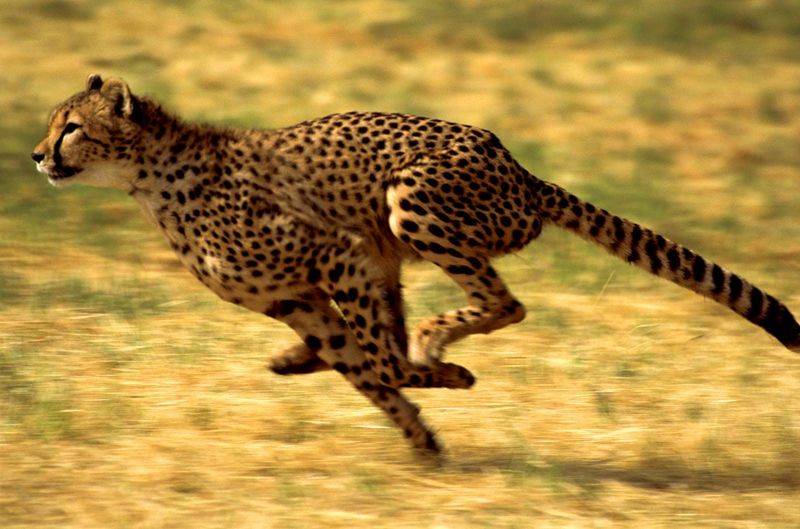
Cheetahs are renowned for their incredible speed, reaching up to 70 miles per hour in short bursts. This extraordinary ability allows them to close in on prey swiftly and decisively. These swift sprints usually last less than a minute, but they cover significant ground.
The cheetah’s lightweight frame and enlarged adrenal glands play vital roles in achieving such speeds. Its flexible spine and long limbs provide the flexibility and reach needed for rapid acceleration.
Interestingly, a cheetah’s unique black tear lines running from the eyes to the mouth help reduce glare from the sun, enhancing their focus while sprinting. This remarkable adaptation allows them to accurately track the movements of their prey, even at high speeds.
2. Stealthy Approach
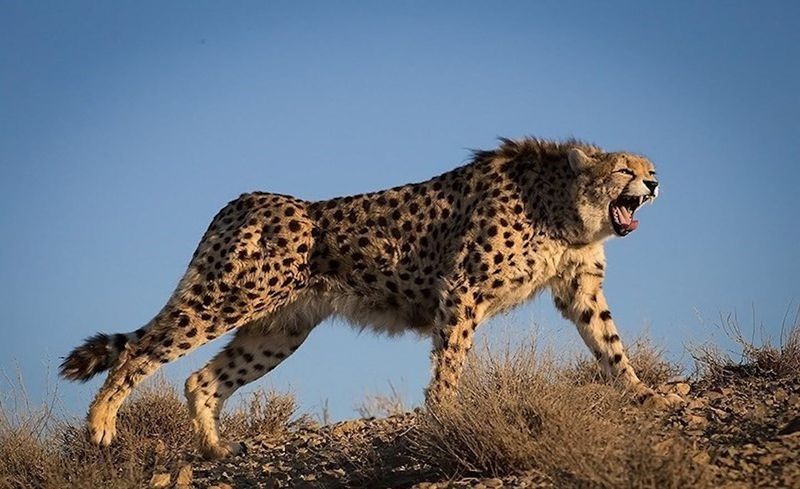
Before launching into their famous sprint, cheetahs utilize a stealthy approach to get as close as possible to their target. This approach minimizes the distance needed for a successful chase. With a body designed for agility, cheetahs crouch low to the ground, silently maneuvering through the terrain.
Their spotted coat provides excellent camouflage, blending seamlessly with the grassy landscapes. By moving with calculated precision and patience, they avoid detection until the last possible moment.
This tactical approach not only saves energy for the chase but also increases the likelihood of a successful hunt. The element of surprise is crucial in the cheetah’s hunting strategy.
3. Strategic Targeting
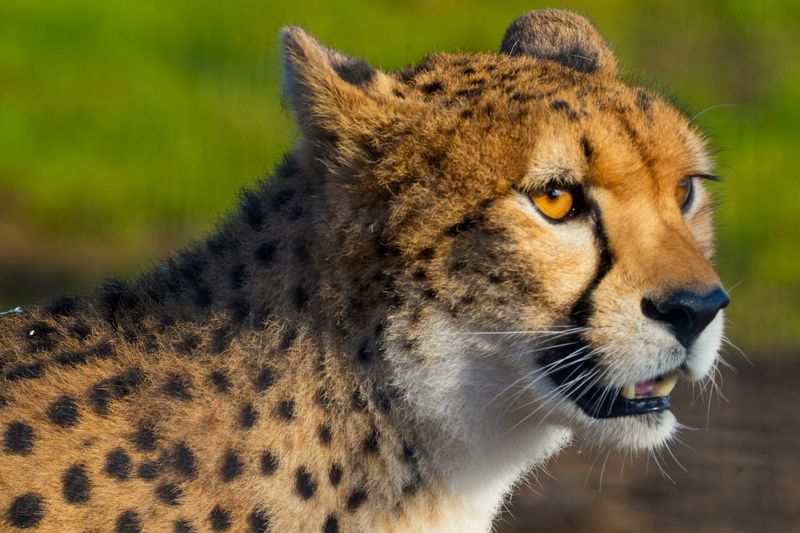
Cheetahs are strategic hunters, carefully selecting their targets from a herd. They focus on young, weak, or isolated animals, as these present the least resistance and highest chance of success.
By observing the herd’s behavior, cheetahs identify potential targets, often using the wind direction to remain undetected. This tactical decision-making process is key to conserving energy and ensuring a rewarding hunt.
Once a target is chosen, cheetahs rely on their speed and agility to close the distance, executing their plan with precision. This methodical approach showcases their intelligence and understanding of their environment, enhancing their role as apex predators.
4. Team Coordination
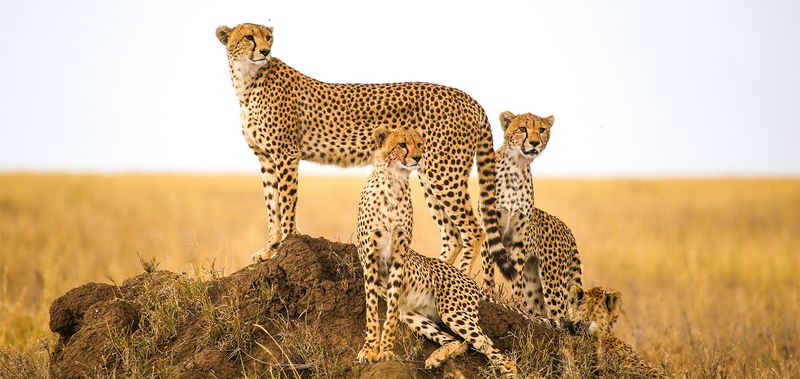
While cheetahs are often solitary hunters, some hunts involve teamwork, especially among siblings or mothers with cubs.
This cooperation allows them to tackle larger prey and improve their success rate. In coordinated hunts, cheetahs communicate through subtle body language and positioning. They work together to flank and corner their target, each individual playing a specific role in the chase.
This level of teamwork requires trust and understanding among the group members. By combining their strengths, cheetahs can achieve what would be impossible individually, demonstrating the power of cooperation in the animal kingdom.
5. Energy Conservation
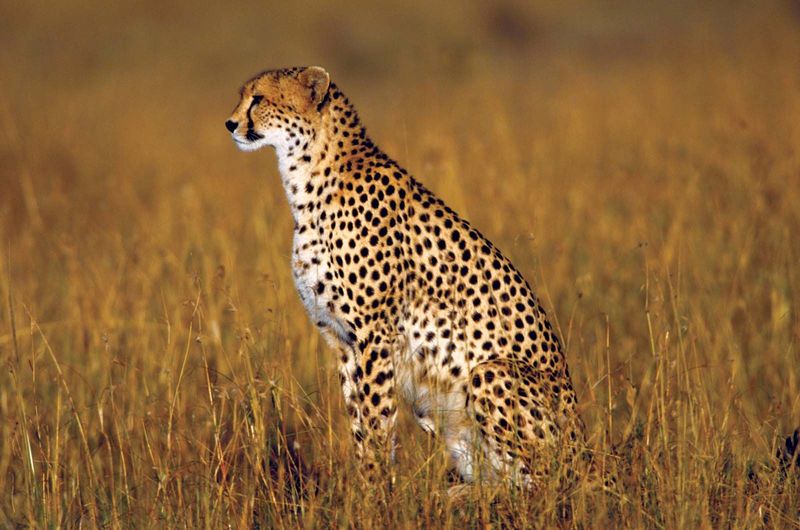
Despite their reputation for speed, cheetahs are also experts at conserving energy. They rest for long periods between hunts, often lounging in the shade to avoid the harsh sun. Energy conservation is crucial for cheetahs, as their bursts of speed consume significant amounts of energy.
By managing their exertion levels, they ensure they are ready for the next opportunity to hunt. Cheetahs also avoid unnecessary chases, choosing only the most promising opportunities. This careful management of resources highlights their adaptability and survival skills in challenging environments.
6. Quick Recovery
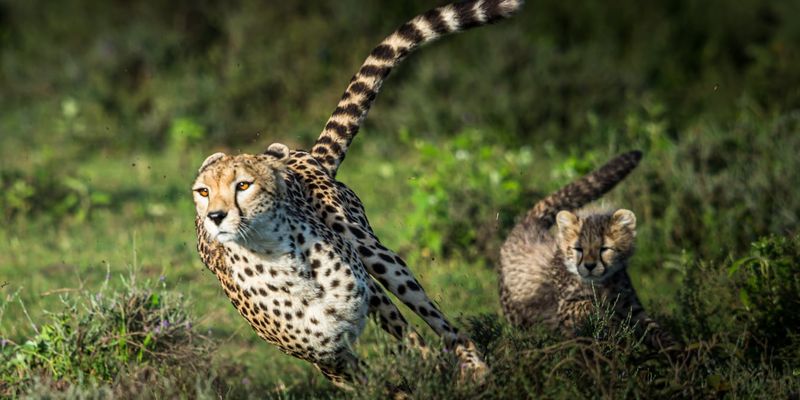
After a high-speed chase, cheetahs need to recover quickly to maintain their edge. Their bodies are adapted for rapid recovery, allowing them to rest and regroup after exertion. Panting heavily to cool down, cheetahs find a safe spot to recuperate.
Their efficient respiratory system helps lower body temperature and replenish oxygen levels. This swift recovery ensures they remain competitive in the wild, ready for another chance when the opportunity arises. The ability to bounce back quickly from intense physical activity is a testament to their remarkable resilience.
7. Agile Maneuvering
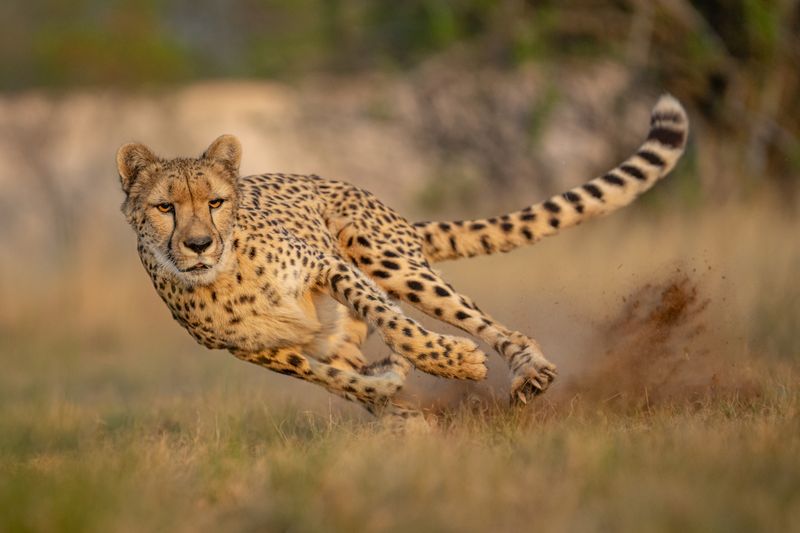
Agility is a cornerstone of the cheetah’s hunting strategy, enabling them to execute sharp turns and sudden stops during a chase. Their semi-retractable claws and long tail provide the necessary traction and balance.
This ability to maneuver quickly is essential when pursuing agile prey like antelopes. The cheetah’s spine acts like a spring, allowing for rapid directional changes without losing speed or momentum. Such agility prevents prey from easily escaping, giving cheetahs a crucial advantage. This combination of speed, precision, and control is unparalleled in the animal kingdom.
8. Utilizing Terrain
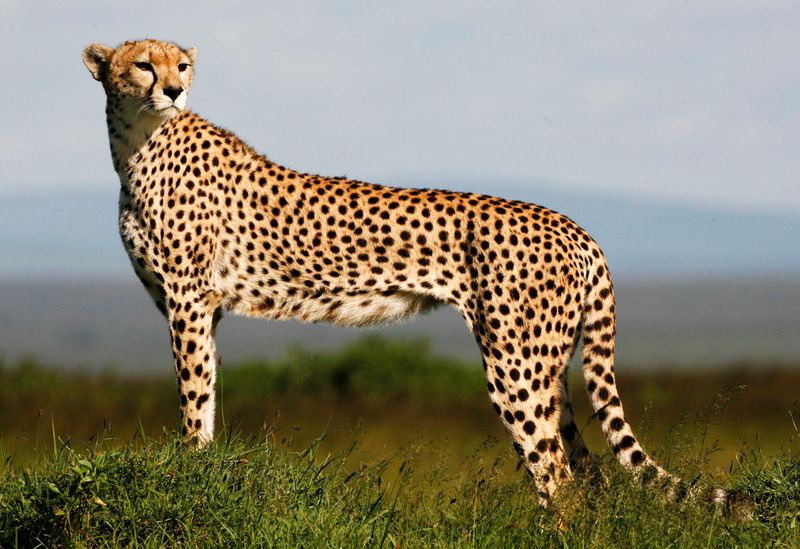
Cheetahs are adept at using the terrain to their advantage, incorporating natural features into their hunting strategy. They often choose hunting grounds with varied topography, using hills, bushes, and rocks for cover.
This strategic use of the environment helps cheetahs remain hidden from their prey until the last moment. By understanding the landscape, they position themselves for the most effective approach.
Such adaptability in utilizing terrain showcases their intelligence and enhances their hunting success. This environmental awareness is a key factor in their survival and dominance as hunters.
9. Silent Communication
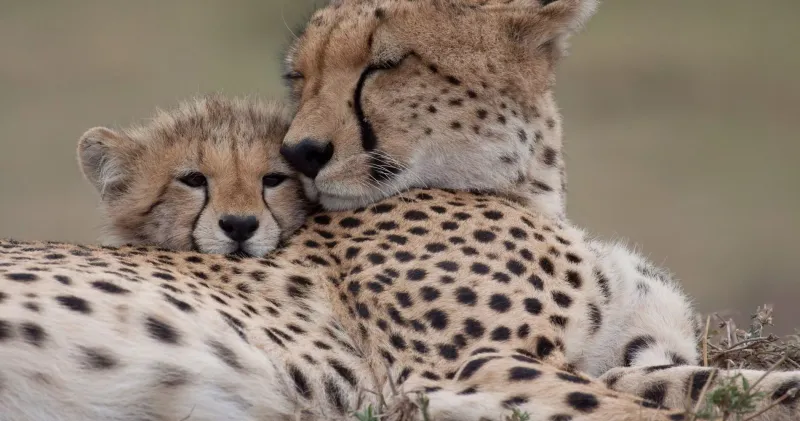
Cheetahs often rely on silent communication, using body language to coordinate movements during a hunt. This non-verbal interaction helps maintain stealth and minimize noise, critical factors when approaching prey.
Through subtle gestures, such as tail flicks or ear movements, cheetahs convey messages and intentions. This silent dialogue allows them to coordinate effectively without alerting their target.
The ability to communicate silently is a sophisticated aspect of their hunting technique, reflecting their social intelligence and adaptability.
10. Swift Dispatch
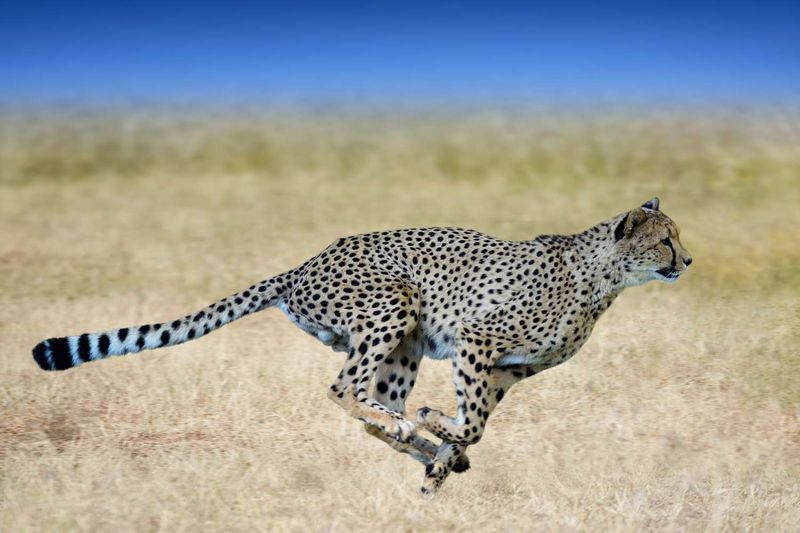
Once a cheetah catches its prey, the dispatch must be swift and efficient. They typically aim for the neck, delivering a precise bite to suffocate the animal quickly.
This method minimizes the struggle and reduces the risk of injury to the cheetah. It also ensures that the prey’s suffering is brief, a natural aspect of predator-prey interactions.
The ability to execute a rapid and humane kill underscores the cheetah’s skill as a hunter. This expertise ensures they can secure their meal while minimizing energy expenditure.

